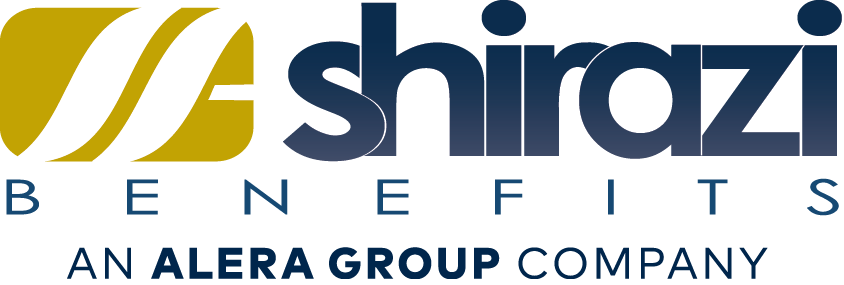 Childcare can be an employee’s most expensive work-related expense. Fortunately, there is a benefit program you can offer that will at least provide tax relief to employees who use daycare providers.
Childcare can be an employee’s most expensive work-related expense. Fortunately, there is a benefit program you can offer that will at least provide tax relief to employees who use daycare providers.
The program is the Dependent Care Assistance Program (DCAP). If you can’t offer a DCAP, employees also can use the Dependent Care Tax Credit (DCTC) – some employees may qualify for both.
A DCAP, also known as a Dependent Care Flexible Spending Account (FSA), usually is funded by employees through payroll deductions from pre-tax dollars. Employees submit documentation about their expenses to obtain reimbursement from their DCAP account for eligible dependent care expenses, such as babysitting.
Employees will not be taxed for expenses including:
• Care for children under the age of 13
• Funds that enable employees and spouses of employees to be employed or search for work.
• Care for dependents age 13 and older who cannot care for themselves. This includes elderly parents or dependents with disabilities while at work or attending school.
Though many people consider their pets as children, funds may not be used to pay for boarding or pet walking services.
The maximum amount employees can save in a DCAP or dependent care FSA in 2019 is $5,000 per year if the employee is married and filing a joint return, or if the employee is a single parent. Married employees who are filing separately may contribute up to $2,500 per year per parent. The funds are “use it or lose it” and must be spent by the end of the year.
One thing to understand about DCAPs or dependent care FSAs, is that unlike health care FSAs, they do not have to provide a set amount of funds throughout the year. The amount available for reimbursement is limited to the number of employee contributions made to that point, reduced by prior reimbursements.
In comparison, a DCTC is a tax credit an employee can claim on their federal income tax return. They will receive a 20- to 35-percent tax credit for up to $3,000 in expenses for one qualifying employee and $6,000 in expenses for married couples. Funds used to claim the credit are subject to federal income tax, Social Security and Medicare tax; however, the credit can reduce or eliminate those taxes.
Differences Between DCAP and DCTC
A DCAP works best for those who have high adjusted gross incomes. It also works best for individuals, since they will be able to qualify for the DCAP higher maximum of $5,000 instead of the DCTC $3,000 maximum.
DCAPs also work well in states with state income taxes, because the DCAP normally reduces the state income tax liability while DCTC generally does not.
Best Uses for the DCAP Funds
The most obvious way employees can use their DCAP funds is paying for recurring childcare expenses during the work week. However, similar uses qualify for reimbursement as well:
• Before and after school care
• Day camps during the summer or over spring break (overnight camps don’t qualify)
• Sick child care
What an Employer Should Know
DCAPs generally must comply with requirements in the Internal Revenue Code Section 129 to provide tax-free dependent care assistance benefits. Also, DCAPs allowing employees to make pre-tax contributions are subject to the Code Section 125 rules for cafeteria plans, plus rules applying to health FSAs (not including the uniform coverage rule). DCAPs are not group health plans, therefore employees can may contribute to health savings accounts (HSAs) provided they have a Qualified High Deductible Health Plan and meet the other HSA rules.
A DCAP often is part of a Section 125 cafeteria benefit plan, which allows employees the choice between dependent care and other non-taxable benefits. Employers are responsible for reimbursing employees for dependent care expenses, making payments to third parties and/or providing a dependent care facility for employees’ dependents.
Qualified programs must be documented with a separate written plan that is part of a larger plan providing a choice of taxable or nontaxable benefits (a Sec. 125 cafeteria benefit plan). While the program need not be funded, it must meet the following requirements of Sec. 129(d): DCAPs can be (and often are) included as part of a Sec. 125 cafeteria benefit plan, which allows employees to choose between dependent care and other nontaxable benefits, or cash.
Not every company can take advantage of a DCAP. For instance, companies with many highly compensated employees may not qualify. To find out if a DCAP is right for your company, please call us.





